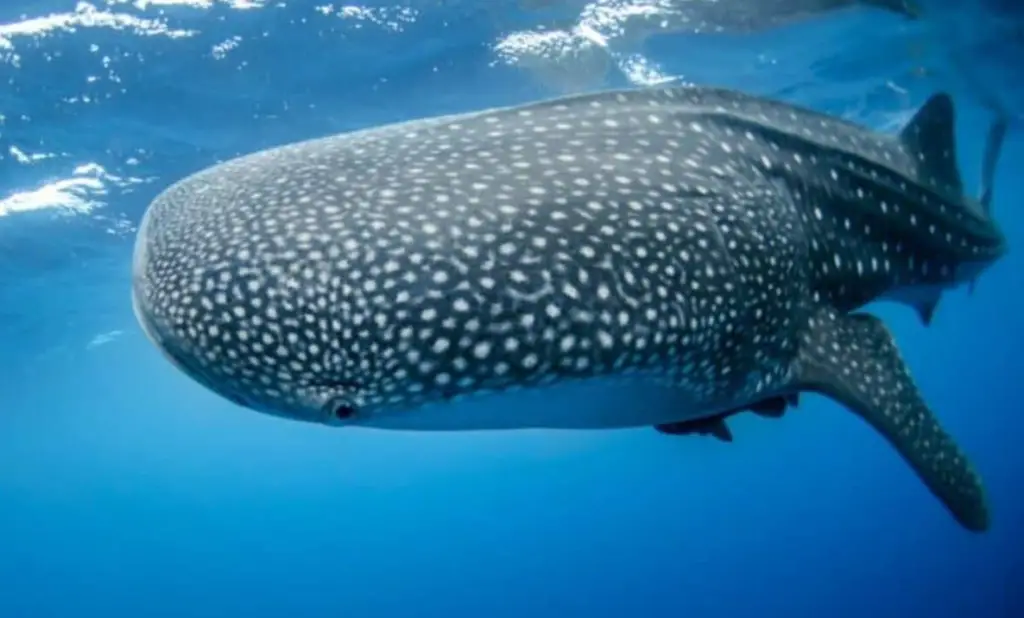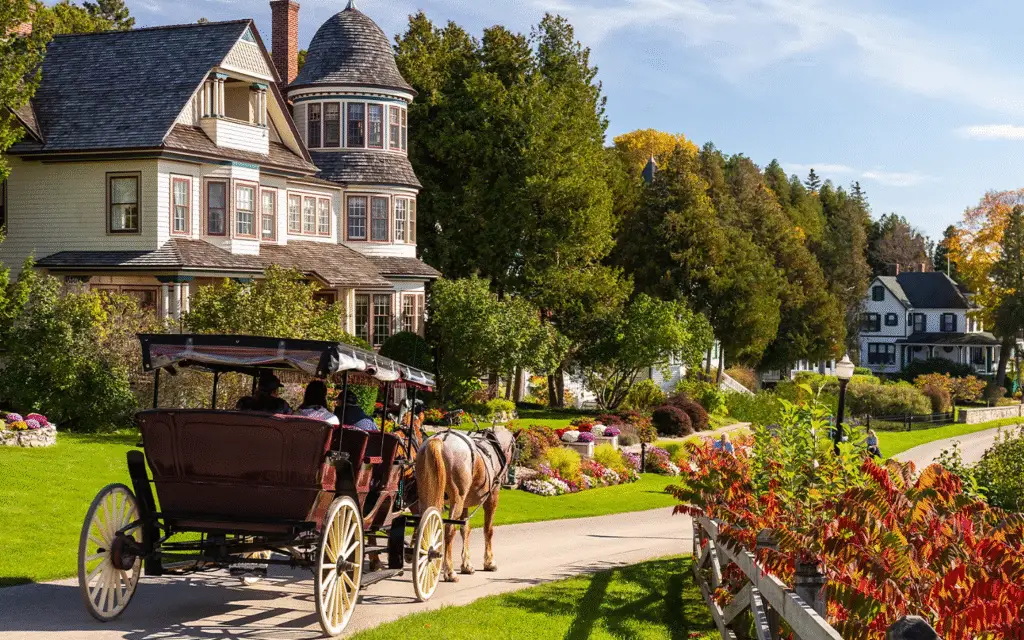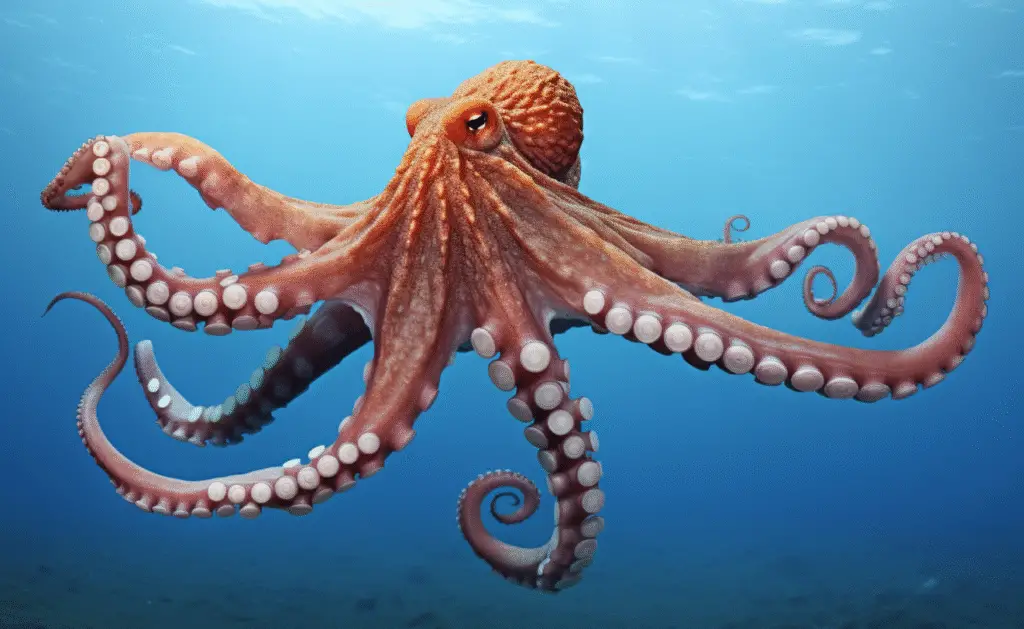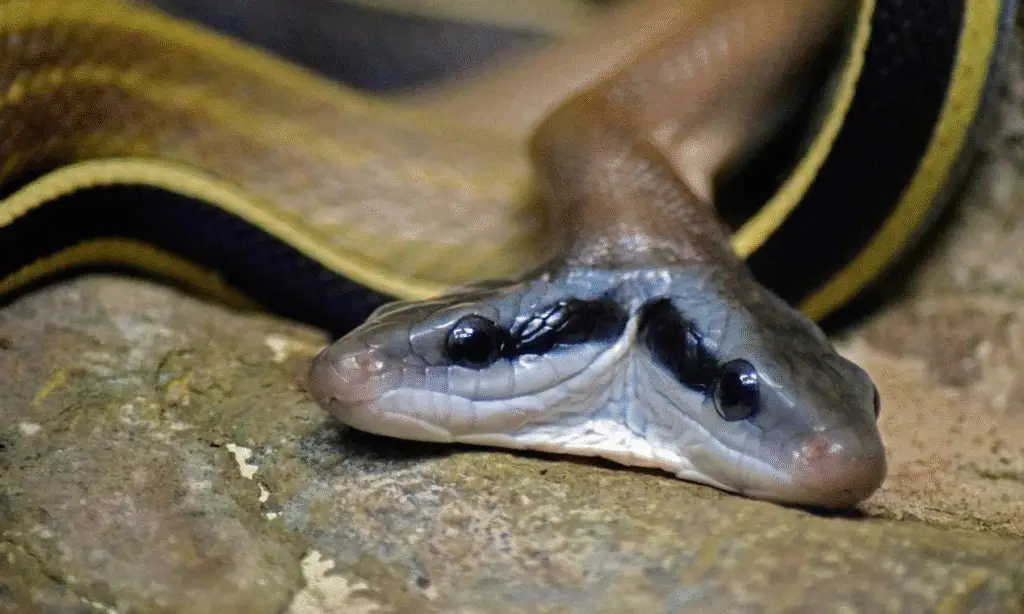Canada Geese Love to Go Where Humans Go And They’re Not Leaving

If you’ve ever dodged a minefield of goose droppings on a morning jog or watched a gaggle of geese strut across a corporate campus like they own the place, you’re not alone.
Canada geese—those black-necked, honking lawn enthusiasts—have become the ultimate suburban squatters.
And despite our best efforts to shoo them away, these birds are here to stay.
The Goose Boom: From Near Extinction to Parking Lot Royalty
Once hunted to near oblivion in the early 20th century, Canada geese have staged a comeback worthy of a wildlife documentary.
Thanks to conservation efforts and their own adaptability, their numbers now soar into the millions across the U.S., with over 81,000 in New Jersey alone.
But here’s the twist: instead of sticking to remote wetlands, they’ve moved into our neighborhoods.
“They’re like the ultimate opportunists,” says Lynsey White of the Humane Society.
“Give them a manicured lawn, a pond, and no predators, and they’ll set up shop forever.” And set up shop they have.
From golf courses to airport runways, geese thrive in human-made habitats where grass is plentiful and threats are minimal.
Why Your Lawn Is a Goose Paradise
Let’s break it down:
- Buffet Alert: Geese are grass connoisseurs. A well-fertilized lawn is basically a salad bar to them, and they can digest it efficiently—unlike, say, your dog, who’d probably just vomit it up later.
- Safety First: Open spaces near water let geese spot predators (like coyotes) from a distance. Your local retention pond? That’s a five-star resort with a moat 5.
- No Vacancy Signs for Migrants: Many geese have ditched migration altogether. Why fly thousands of miles when Philly’s suburbs offer year-round buffets and heated puddles?
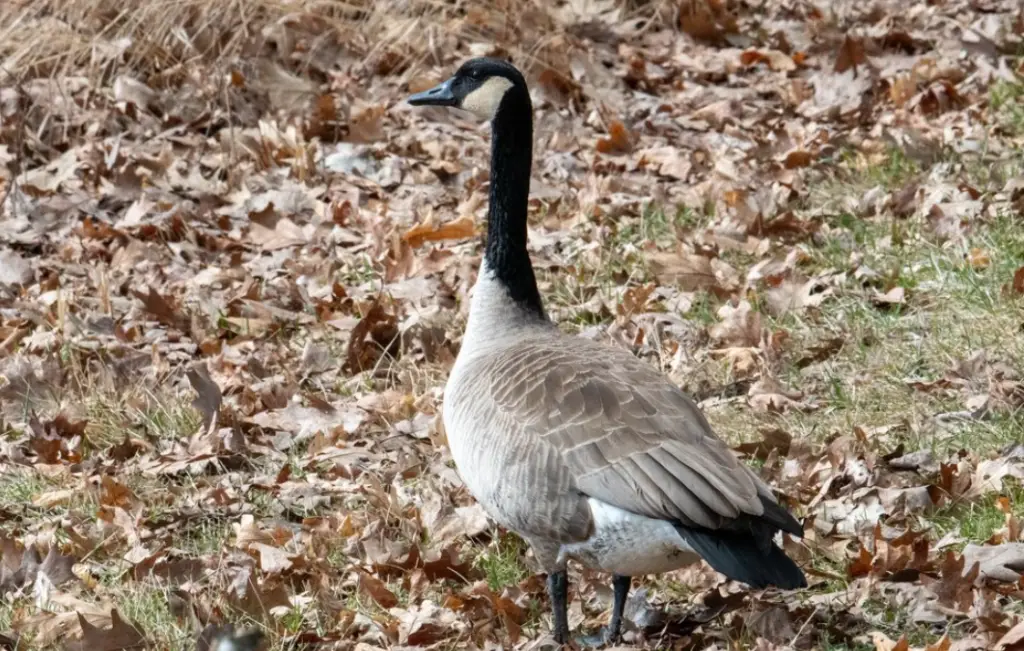
The Poop Problem: “It’s Like a Crime Scene”
Ah, the droppings. A single goose can poop 12 times a day, leaving behind up to two pounds of waste.
Multiply that by a flock of 50, and you’ve got a biohazard on your kid’s soccer field.
“It’s not just gross—it’s a health risk,” says a Rutgers report, noting goose feces can harbor bacteria like E. coli and Salmonella.
Enter entrepreneurs like Shyla Omorogieva, whose poop-scooping business uses industrial vacuums.
“People think I’m joking until they see their driveway,” she laughs. But even she admits: “You clean it up, and the geese are back before lunch.”
The Great Goose Wars: Why Scare Tactics Fail
Humans have tried everything to evict these feathery tenants:
- Decoy Disasters: Plastic alligators? Geese laugh. Swans? “They’ll side-eye them and keep grazing,” says White.
- Laser Tag: High-tech lasers initially startle geese, but the birds soon realize it’s all bark and no bite.
- Truck Tantrums: Just ask Charles Sabatini, a New Jersey engineer who faced charges after using his Ford pickup to herd geese off his lawn. “They barely budged,” he grumbled. The charges were dropped, but the geese? Still there.
A 2024 University of Illinois study tracked harassed geese with Fitbit-like devices and found they returned twice as fast after being scared off.
“They’re like, ‘Nice try, Karen,’” says researcher Mike Ward. “They’ve got our number”.

What Actually Works: Border Collies and Egg Oiling
Forget gimmicks—effective solutions require finesse:
- The Collie Cavalry: Border collies, like those used by Bob Young’s Geese Chasers, are the MVP of goose control. These dogs herd (not harm) geese, leveraging the birds’ instinct to flee predators. “They’re basically fuzzy scarecrows with ADHD,” says Young.
- Egg Addling: Coating goose eggs with corn oil blocks oxygen, preventing hatching. It’s controversial but humane, says the Humane Society. “It’s population control, not pest control,” White clarifies.
Ecosystem Frenemies: The Goose Paradox
Love ’em or hate ’em, geese play a dual role:
- Pros: Their poop disperses seeds, and they’re a food source for foxes and coyotes. Plus, watching goslings waddle is objectively adorable.
- Cons: Overgrazing destroys native plants, and their feces pollute waterways. In 2019, geese caused over 5,000 bird-aircraft strikes in the U.S.—a risk for small planes.
The Cultural Clash: Nuisance vs. Icon
Geese polarize communities. To some, they’re a symbol of resilience (looking at you, Wawa logo fans).
To others, they’re “sky rats.” Websites like LoveCanadaGeese.com even argue their poop “smells better than ours!” (Debatable.)
But as Sabatini learned, extreme measures backfire. “I’ve become the goose guy,” he sighs. His new tactic? Banging sticks. The geese? Unimpressed.
Final Thought
Canada geese aren’t just surviving in our world—they’re thriving.
And unless we’re willing to replace every lawn with a cactus garden, coexistence might mean embracing the honk.
After all, as White puts it: “They were here first. We’re the ones who built the ponds.”










